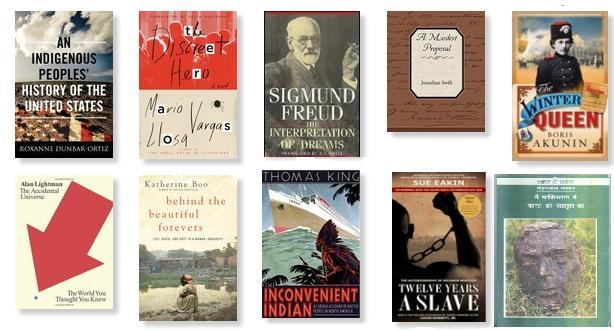Bhupinder Singh and Bhaswati Ghosh
PART 1
A welcoming refuge: Bhupinder
Cuba, and not Mexico should have been the first Latin American country I visited. In my youthful years, Fidel Castro and Che Guevara held a special place in my mind.
Mexico came to me much later — in the murals of Diego Rivera, the paintings of Frida Kahlo, the magical realism of Juan Rulfo and other writers like Rosario Castellanos, Carlos Fuentes and Mariano Azuela. It was the country that had provided refuge to the leader of the Russian Revolution Leon Trotsky, the Indian communist and radical humanist M.N. Roy and later to Gabriel Garcia Marquez and Roberto Bolaño, among others. Mexico, therefore, held the promise of an exotic land that found a resonance in my literary and political imagination. It seemed like a welcoming home for those who were hunted and ostracised in their own countries.
The decision to make a trip to Mexico during the long Canadian winters when ‘snowbirds’ make short trips to warmer lands in the Caribbean was intuitive. What wasn’t as intuitive was our choice of destination. Much to the surprise of friends and colleagues accustomed to take vacations at beach resorts, we decided to travel to Mexico City. A few lessons in rudimentary Spanish provided me with enough confidence to take the plunge. Tripadvisor provided a good enough idea of the key sights to see.
It was with trepidation and expectation that we landed in Mexico City in the afternoon on Good Friday. The weather was perfect for our sun-parched eyes. The drive from the airport to the hotel reminded me of cities in India — New Delhi, Chennai — and also of how much at home I had felt on my trip to Tokyo. Being a holiday, the shops were closed and the traffic was relatively easy. The bright colours — green, orange reminded me of Chennai, the wide roads of parts of New Delhi and the easy walk of the pedestrians, in contrasts to the near-military gait of the Western people, reminded me of Tokyo.
The city purple: Bhaswati
I’ve come to the City expecting to see a riot of colours — bold reds, blues, greens and yellows. Yet, the colour that holds me in a dreamy sway all through my stay turns out to be purple. From the time we land in Mexico City on a warm Friday afternoon, the sky appears canopied on all sides with jacarandas in bloom. I instantly know what love is. It is to be in an absolute new place and not feel like even a traveler, much less a tourist.
Continue reading “In the Heart of ‘the Monster’ – Eight days in Mexico City”


 Remembering theater activist
Remembering theater activist 


 Thomas Mann’s observation that “a person lives not only his own life, but also that of his contemporaries”, applies to everyone, but perhaps even more to writers and poets because they feel and speak for us even when we are not able to put into words our deepest feelings, and sometimes are not even conscious of them until a poet or a story writer tells us.
Thomas Mann’s observation that “a person lives not only his own life, but also that of his contemporaries”, applies to everyone, but perhaps even more to writers and poets because they feel and speak for us even when we are not able to put into words our deepest feelings, and sometimes are not even conscious of them until a poet or a story writer tells us.